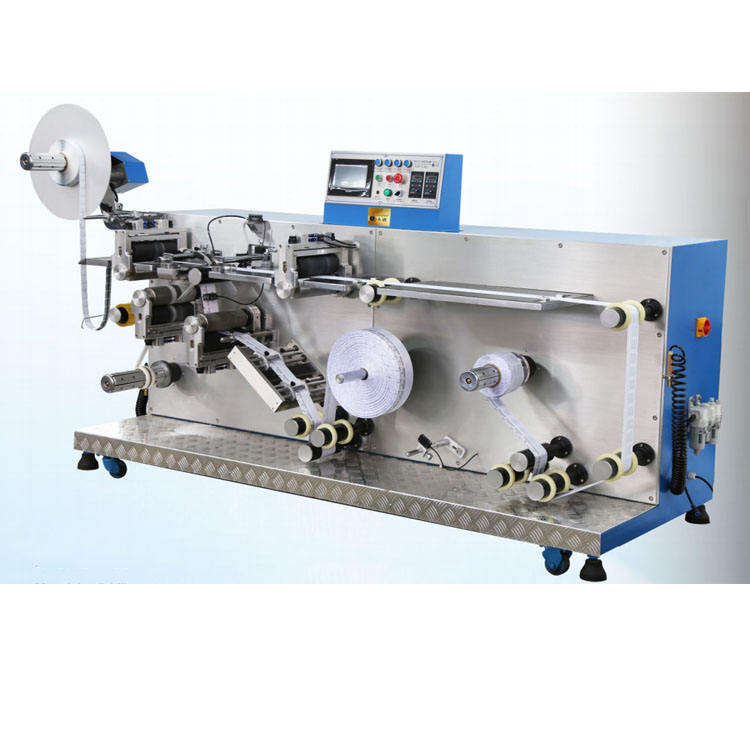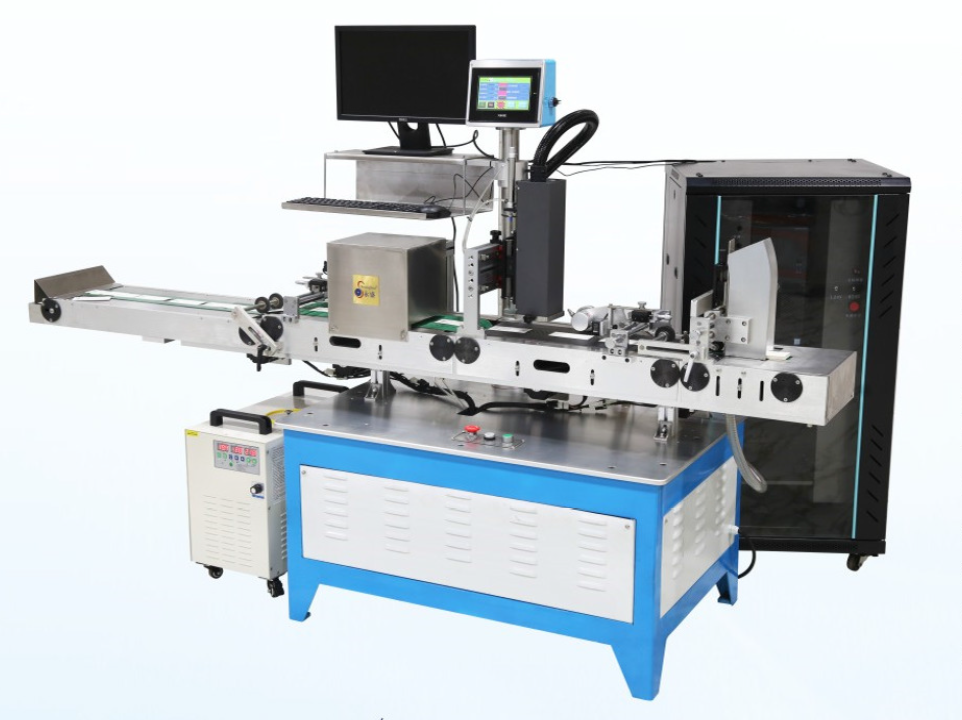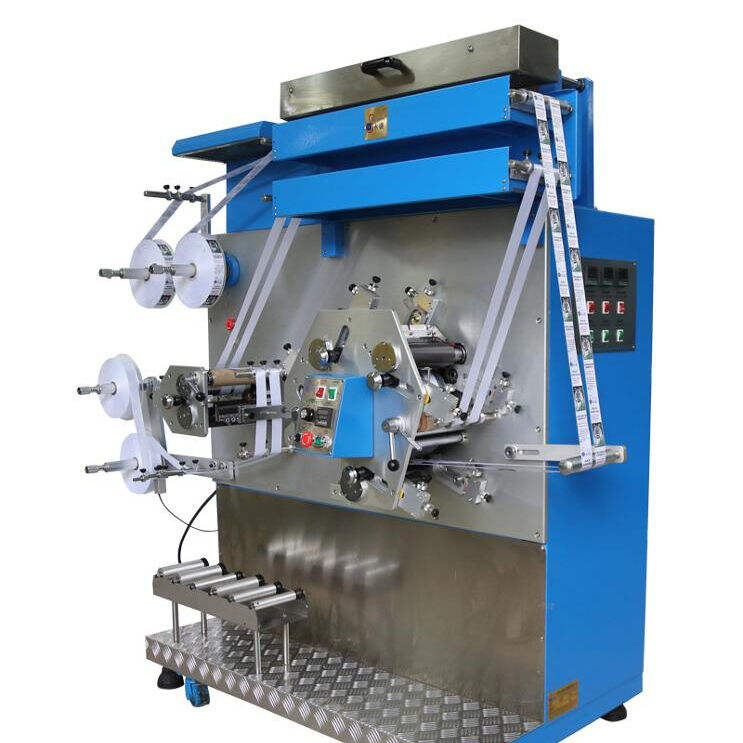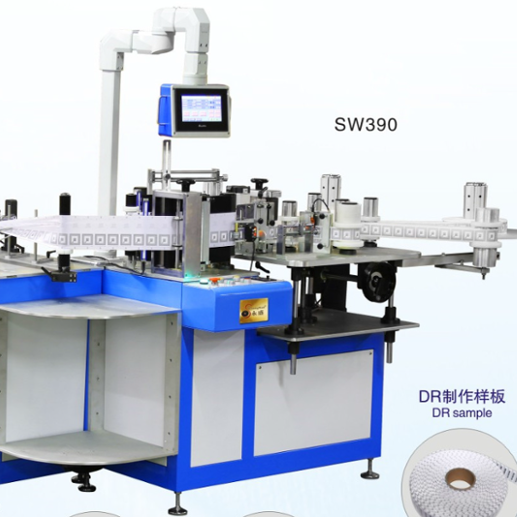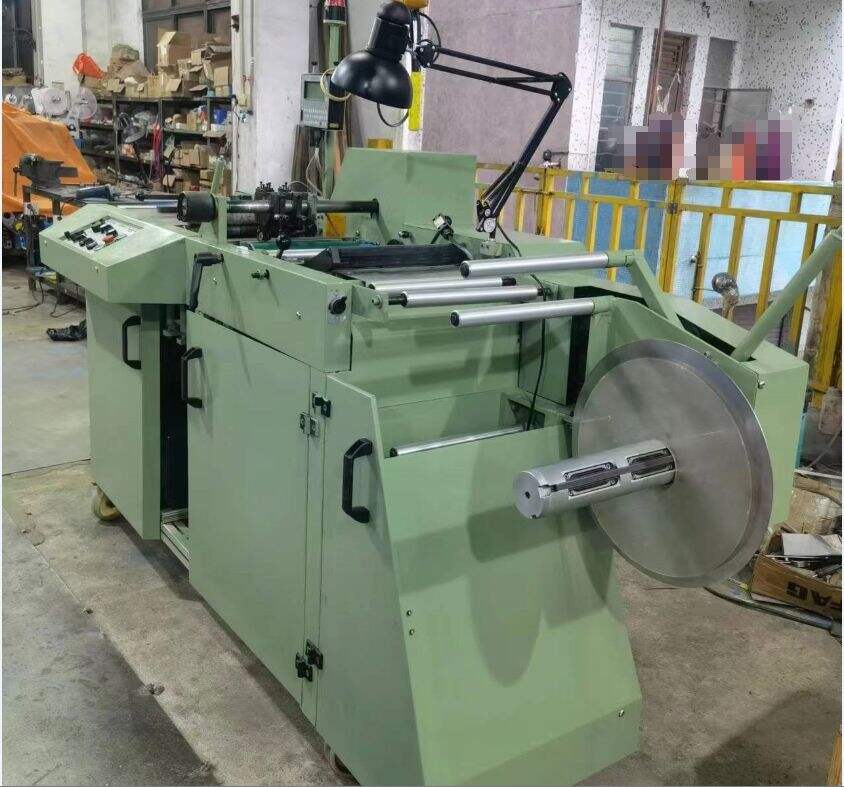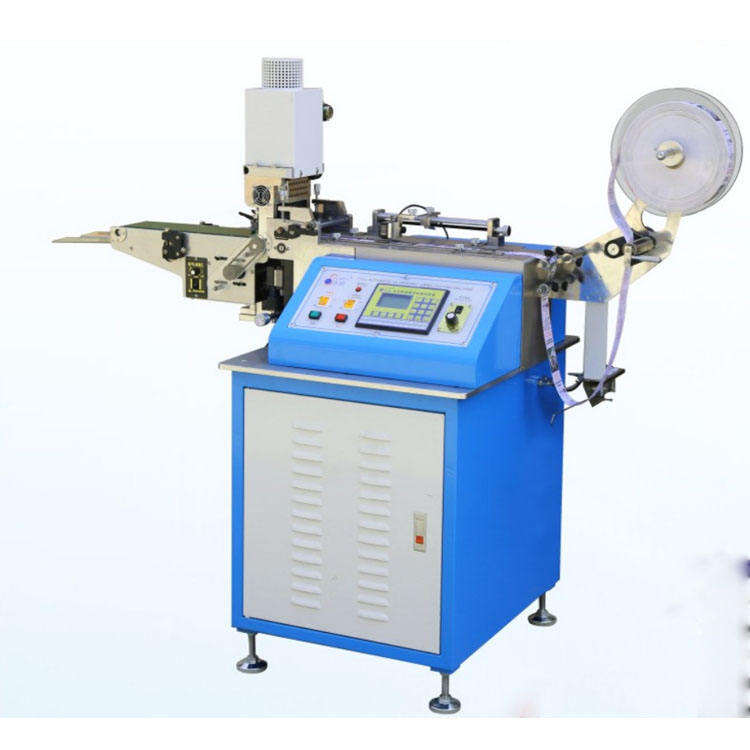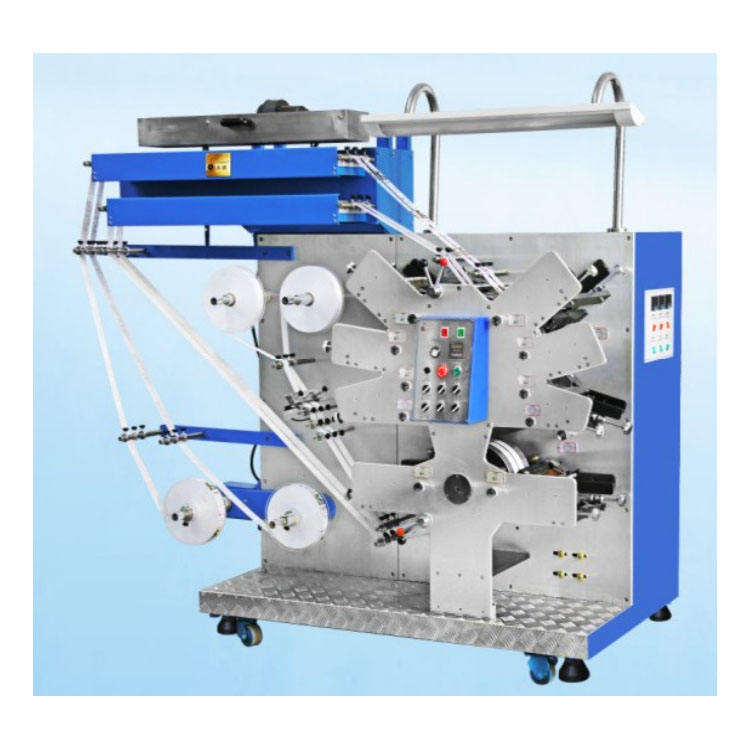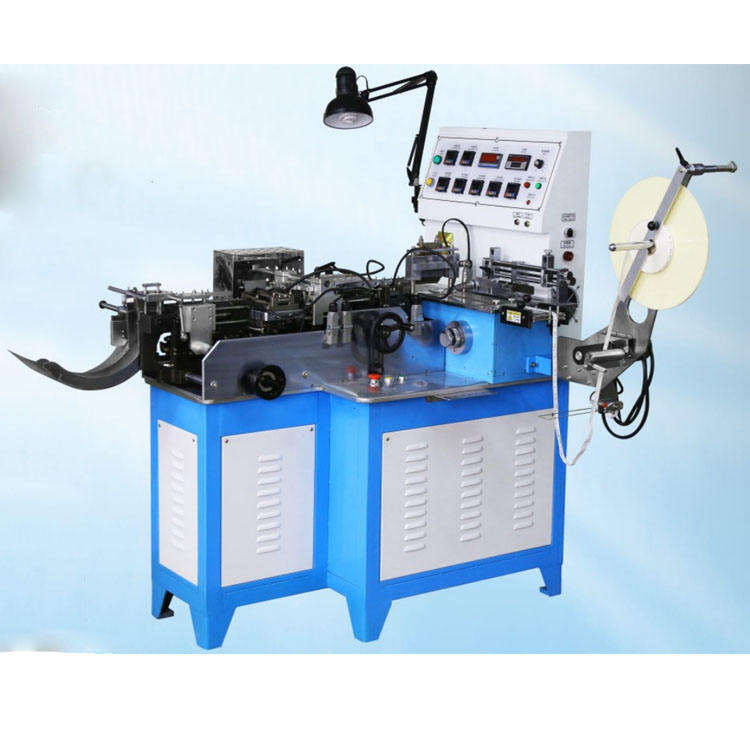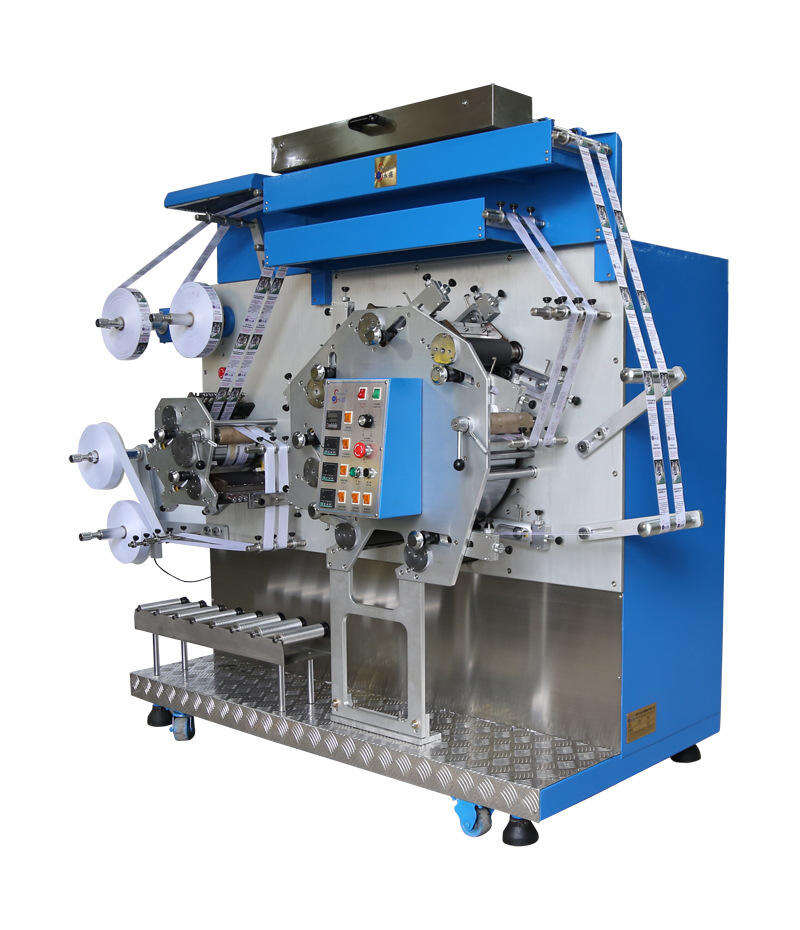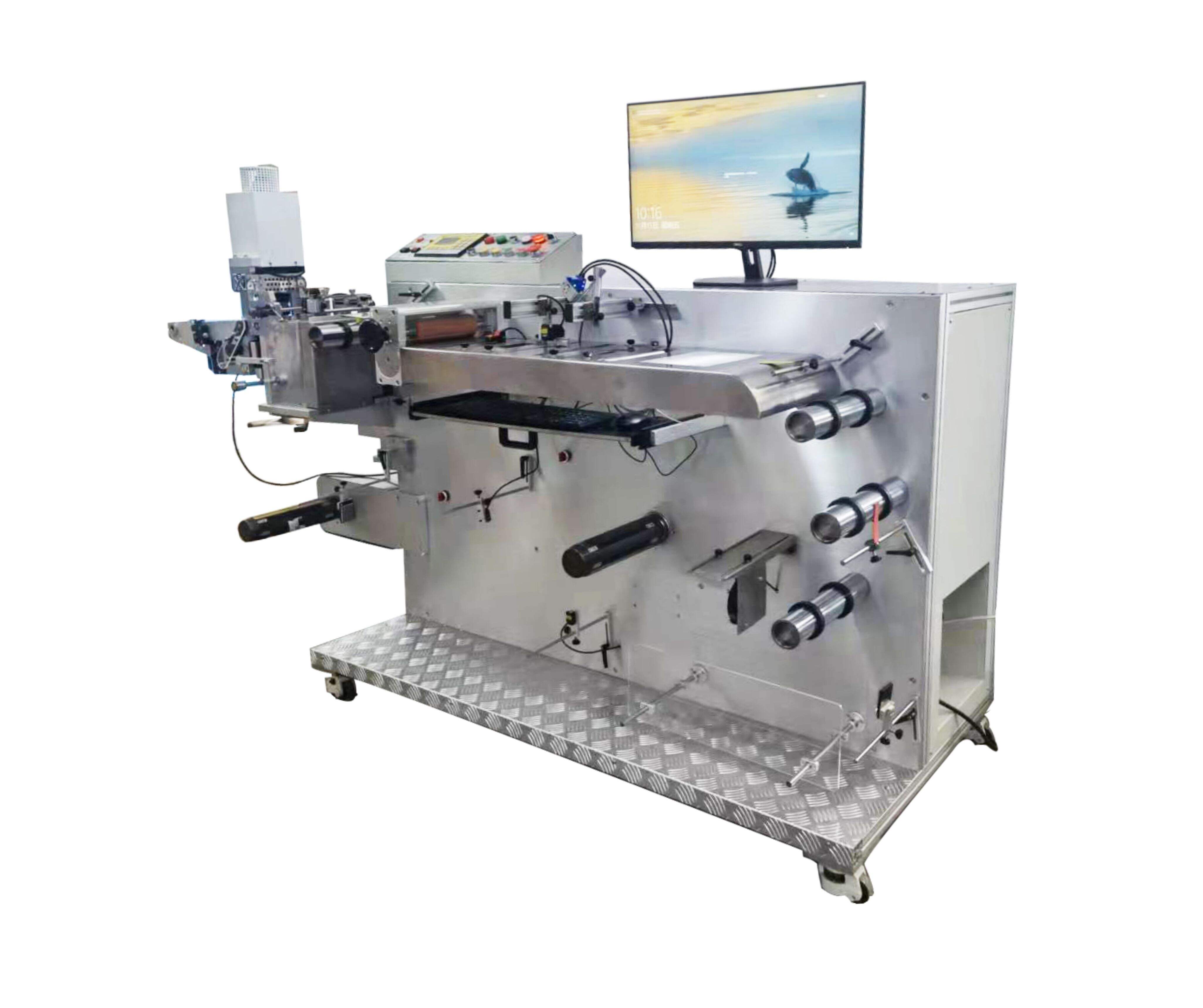What Advantages Do RFID Printed Labels Offer Over Traditional Barcodes?
Why RFID Printed Labels Are Becoming a Game-Changer in Inventory Management
In today’s fast-paced world of business and logistics, efficiency is paramount. Companies across industries are looking for ways to streamline their processes, reduce errors, and improve inventory management. One of the most significant advancements in this area has been the shift from traditional barcodes to RFID printed labels. RFID (Radio Frequency Identification) technology has revolutionized inventory tracking and management. But how do RFID printed labels compare to traditional barcodes? What benefits do they offer? This blog will explore the advantages of RFID printed labels and how they are transforming the way businesses manage their assets.
Understanding RFID Printed Labels
What Are RFID Printed Labels?
RFID printed labels combine the traditional concept of printed labels with RFID technology, which uses radio waves to transfer data. Unlike traditional barcodes, which require a direct line of sight to be scanned, RFID labels can be read from a distance, making them highly efficient for inventory management and asset tracking. RFID printed labels contain a microchip that stores data, which can be read by RFID readers without the need for human intervention. These labels are typically used to track items, assets, and inventory in real-time, providing businesses with a more seamless and accurate way to monitor goods as they move through the supply chain.
How Do RFID Printed Labels Work?
RFID printed labels work by embedding a tiny microchip into a label that is attached to a product or asset. The microchip stores information about the product, such as its identity, location, and movement. When an RFID reader emits a radio signal, the microchip in the label responds by transmitting the data stored within it. This process can occur even if the label is not in the line of sight, unlike traditional barcodes that require direct scanning. RFID technology allows for multiple labels to be read simultaneously, offering a significant advantage when compared to barcode systems.

Key Advantages of RFID Printed Labels Over Traditional Barcodes
Faster and More Efficient Scanning
One of the primary advantages of RFID printed labels is the ability to scan large batches of items simultaneously. Unlike barcodes, which must be scanned one at a time and require direct line-of-sight scanning, RFID labels can be read from a distance without the need for physical contact. This means that inventory can be scanned quickly, even if items are in boxes or stacked together. The ability to perform rapid, simultaneous scans significantly speeds up inventory management, reducing human error and increasing operational efficiency. This is especially beneficial in warehouses, retail environments, and logistics operations where time is critical.
Increased Accuracy and Reduced Human Error
With RFID printed labels, there is no need to manually scan each barcode, reducing the risk of human error. Barcodes are prone to misreads, especially if the label is damaged or obscured. RFID labels, on the other hand, provide more accurate and reliable readings since the information is transmitted wirelessly and does not require a direct visual scan. This accuracy ensures that businesses have up-to-date, real-time data about the status and location of their inventory, helping to minimize mistakes and prevent inventory discrepancies.
No Need for Line of Sight
Traditional barcodes require a scanner to be aligned with the barcode, which can be time-consuming and inefficient, especially in large warehouses or environments where products are stacked or stored in hard-to-reach places. RFID printed labels, however, don’t require line-of-sight scanning. As long as the RFID tag is within the reader’s range, the data can be accessed, allowing for much quicker and easier tracking of items. This feature makes RFID labels particularly useful in environments where products are stored in containers or need to be scanned quickly and accurately.
Long-Range Scanning Capabilities
RFID printed labels offer the advantage of long-range scanning, which allows businesses to track items from greater distances. While traditional barcode scanners are limited by the need for close proximity, RFID systems can scan tags from several meters away, depending on the type of RFID technology being used. This is particularly beneficial for industries such as logistics, where goods are constantly moving through various stages of the supply chain. The ability to scan items from a distance helps businesses maintain better control over their inventory and ensures a more seamless process in tracking assets across large areas or distances.
Applications of RFID Printed Labels
RFID Printed Labels in Retail and Inventory Management
In retail environments, RFID printed labels offer substantial benefits in terms of inventory management. With RFID tags, retailers can quickly scan and identify products on shelves, in storage, or during shipment. This speeds up stock-taking and reduces the time needed for manual counts. RFID technology also helps reduce stock-outs and overstocking by providing real-time data on inventory levels. Additionally, RFID tags enable faster checkouts, as customers can simply pass their items through an RFID-enabled scanner rather than requiring individual scanning of barcodes.
RFID Printed Labels in Logistics and Supply Chain Management
RFID printed labels are a powerful tool in logistics and supply chain management, offering real-time tracking of goods as they move through various stages of transportation. As goods pass through RFID checkpoints, businesses can monitor their exact location, condition, and status. This enables better forecasting, reduces the risk of lost or delayed shipments, and increases transparency in the supply chain. RFID printed labels also improve the accuracy of shipments and help prevent theft or unauthorized access to products, making them a valuable asset for businesses managing large quantities of goods.
Why RFID Printed Labels Are the Future of Asset Tracking
Durability and Longevity
One of the key advantages of RFID printed labels over traditional barcodes is their durability. RFID tags are typically made from materials that are more resistant to wear and tear than paper barcodes. They can withstand harsh environments, such as exposure to moisture, dirt, or chemicals, making them more reliable in challenging conditions. RFID printed labels are designed to last longer, reducing the frequency of label replacements and ensuring that businesses can maintain a consistent and accurate tracking system over time.
Real-Time Data and Insights
Another significant advantage of RFID printed labels is their ability to provide real-time data and insights. With traditional barcodes, businesses rely on periodic manual scans, which can lead to outdated or incomplete information. RFID tags provide continuous, real-time tracking, allowing businesses to monitor their assets at any given moment. This level of visibility is invaluable for operations such as inventory management, maintenance tracking, and asset optimization. By leveraging RFID technology, businesses can make informed decisions based on up-to-the-minute data, leading to increased efficiency and reduced operational costs.
FAQ
What are RFID printed labels?
RFID printed labels are labels that combine traditional printed technology with radio frequency identification (RFID) tags. These labels store data on a microchip that can be read wirelessly, providing a more efficient and accurate way to track assets and inventory compared to traditional barcodes.
How do RFID printed labels work?
RFID printed labels work by embedding a microchip in a label that stores information. When an RFID reader sends a radio signal, the microchip transmits the stored data, allowing the item to be identified without needing a direct line of sight.
What are the benefits of RFID printed labels over traditional barcodes?
RFID printed labels offer several benefits, including faster scanning, increased accuracy, no need for line-of-sight, long-range scanning capabilities, and improved durability. They provide real-time data and reduce human error, making them ideal for inventory management and asset tracking.
Where are RFID printed labels used?
RFID printed labels are commonly used in retail, logistics, inventory management, and supply chain tracking. They are also used in healthcare, manufacturing, and asset management to track goods, materials, and equipment.
Recommended Products
Hot News
-
Reflect On The Cultural Significance Of The Printing Press In Preserving And Disseminating Knowledge
2023-12-08
-
The Role Of The Printing Press In The Global Economy
2023-12-08
-
Environmental Impact: Analyzing The Environmental Footprint Of The Printing Industry
2023-12-08
-
The Frontier Of Printing: 3d Printing And Its Industrial Renaissance
2023-12-08
-
The Evolution And Impact Of The Printing Press
2023-12-08
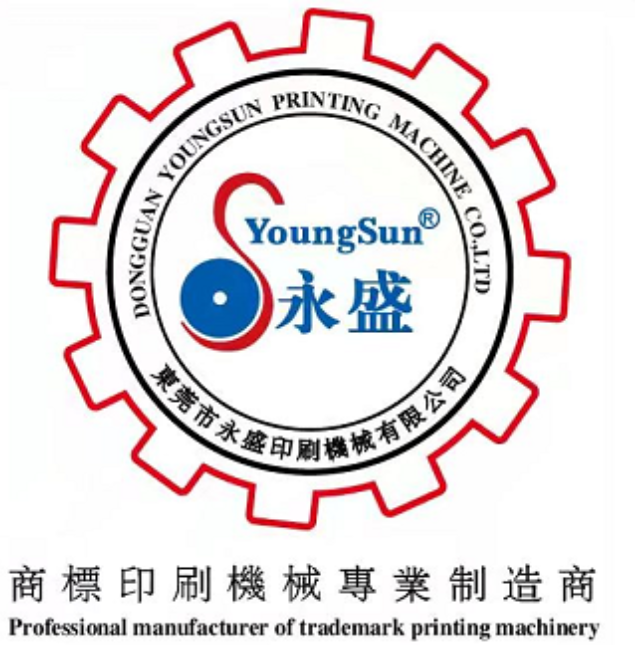
 EN
EN
 AR
AR
 CS
CS
 DA
DA
 NL
NL
 FI
FI
 FR
FR
 DE
DE
 EL
EL
 HI
HI
 IT
IT
 JA
JA
 KO
KO
 PL
PL
 PT
PT
 RO
RO
 RU
RU
 ES
ES
 SV
SV
 IW
IW
 ID
ID
 VI
VI
 SQ
SQ
 HU
HU
 MT
MT
 TH
TH
 TR
TR
 AF
AF
 GA
GA
 BN
BN
 BS
BS
 LO
LO
 LA
LA
 MI
MI
 MN
MN
 NE
NE
 MY
MY
 KK
KK
 UZ
UZ
 KY
KY
